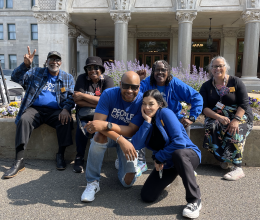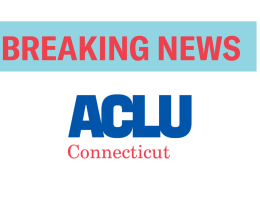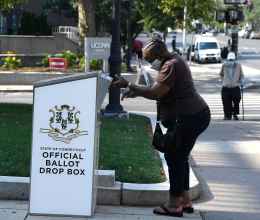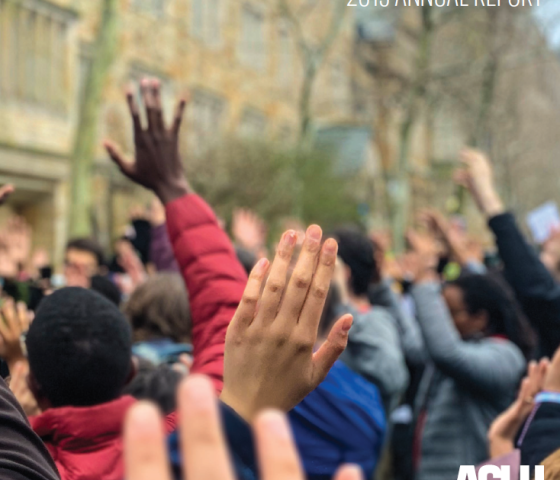The American Civil Liberties Union of Connecticut is opposing the city of Hartford's request for relief from a court order issued to reform discriminatory practices in maintaining the city's list of registered voters.
With its June 3, 2013 motion in U.S. District Court in Hartford, the city seeks relief from the court's judgment in Santa v. Cimiano, which required Hartford's registrars of voters to follow certain procedures before removing voters from the list. On July 9, 2013, the ACLU of Connecticut filed its memorandum in opposition to the city's motion, asking the court to keep the order in place to protect the right to vote in the city of Hartford, particularly for Latino voters who have been disproportionately removed from voting lists.
"The Judgment was in response to Defendants' discriminatory canvassing procedures, which had unlawfully caused the purge of a disproportionate number of Hartford Latino voters from the registered voter list," Sandra Staub, legal director of the ACLU of Connecticut, wrote in the motion. "There is every indication that this discriminatory disenfranchisement has continued to date and that the Judgment is still sorely needed to ensure that all Hartford residents have equal access to the polls."
The ACLU of Connecticut, then known as the Connecticut Civil Liberties Union, sued the city in 1991 on behalf of Virgen Santa and other Latino voters in Hartford who had been denied the right to vote because the city had improperly removed their names from the list of registered voters. The city's annual voter canvasses, meant to identify voters who no longer lived in Hartford, had instead removed thousands of voters without sufficient attempts to determine their whereabouts. Many of those voters still lived in Hartford, especially in Latino neighborhoods. Latino voters were twice as likely as non-Latinos to be purged from the lists by city's canvassing process.
The court ordered the city in 1992 to change the way it decides whose names should be removed from the voting list. The registrars were required to, among other things, hire more canvassers, hire Spanish-speaking canvassers, use complete addresses when sending notices to voters, cross-check addresses with other city and state agencies and make more than one attempt to verify a voter's address before removing a name.
The city argued in its recent motion that the court judgment is no longer necessary because it has been superseded by the National Voter Registration Act of 1993 and a state law passed to comply with the act. Those laws instruct registrars to maintain a list of inactive voters. Those voters who are designated as inactive can be restored to the active list and permitted to vote with the approval of local registrars.
In practice, this has done little for voters in Hartford where the city continues to remove too many people from the active list. According to the Secretary of the State, 17 percent of registered voters in Hartford were on the inactive list as of October 30, 2012, compared with 6 percent in Bridgeport and 8 percent in New Haven. In November 2012, those voters whose names appeared on Hartford's inactive list were sent from their neighborhood polling places to City Hall, where many waited for three hours or more to request restoration to the active list and the right to cast a ballot.
After filing the memorandum, Staub said the experience of Election Day in Hartford demonstrates that the city should not be released from the court's judgment. "The city of Hartford continues to violate both the law and the judgment," she said. "No citizen should be removed from a voter list without cause and no voter should be forced to stand in line for hours to beg to be allowed to vote."
Voters in Hartford Still Need Federal Court’s Protection
Related Issues
Related content

Annual Report 2023
February 21, 2024
Civil Liberties Update: End of Year Newsletter 2023
October 27, 2023
Smart Justice 2023 Legislative Testimony
July 17, 2023
Civil Liberties Update: Spring/Summer Newsletter 2023
June 20, 2023
Wrapping up the 2023 legislative session
June 9, 2023
Civil & Voting Rights Organizations Commend Connecticut Legislature...
June 6, 2023
Early Voting Represents Step Forward for Racial Justice
May 31, 2023
